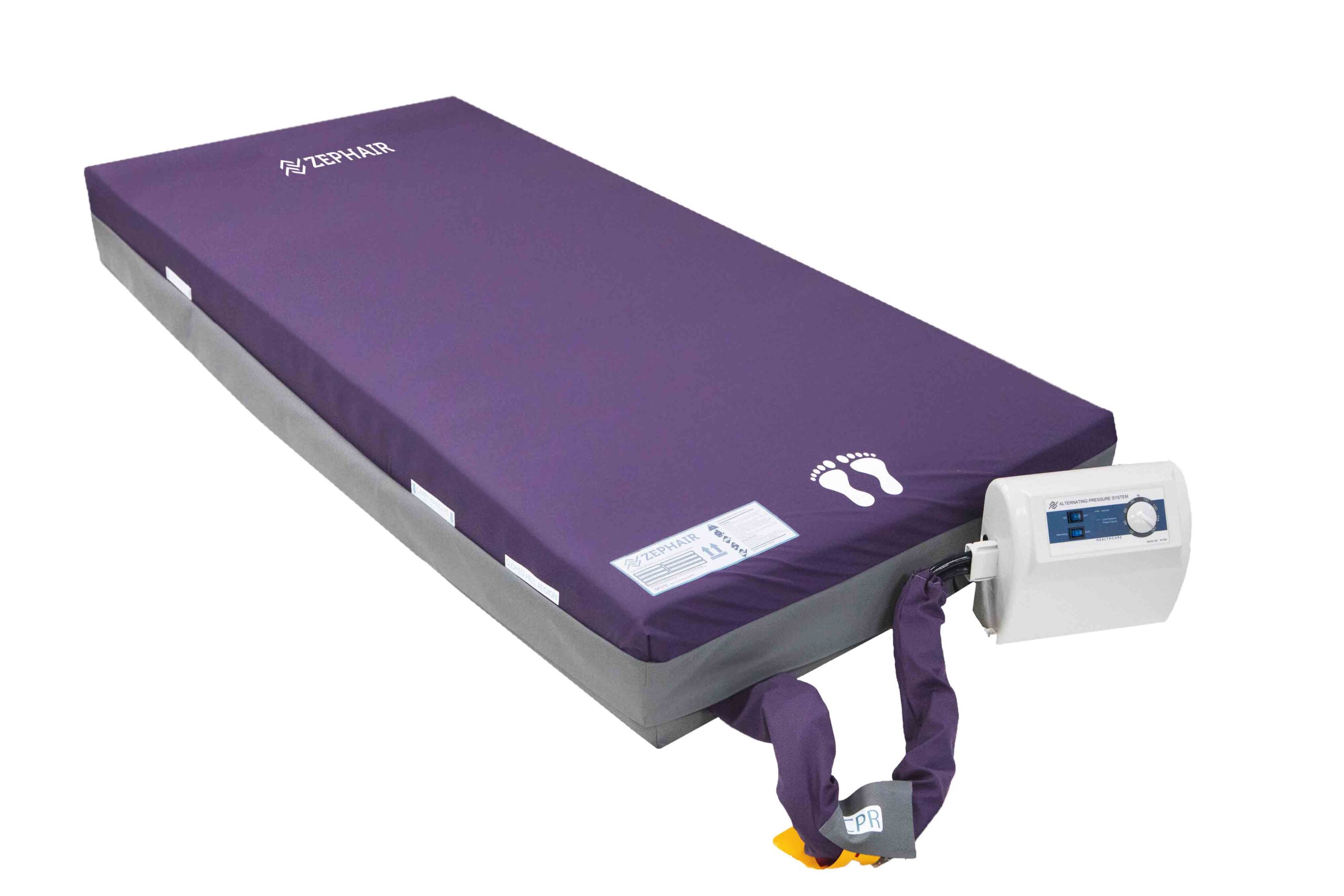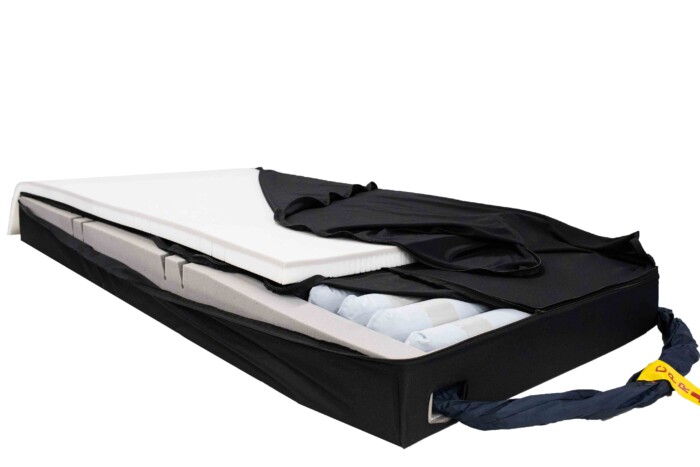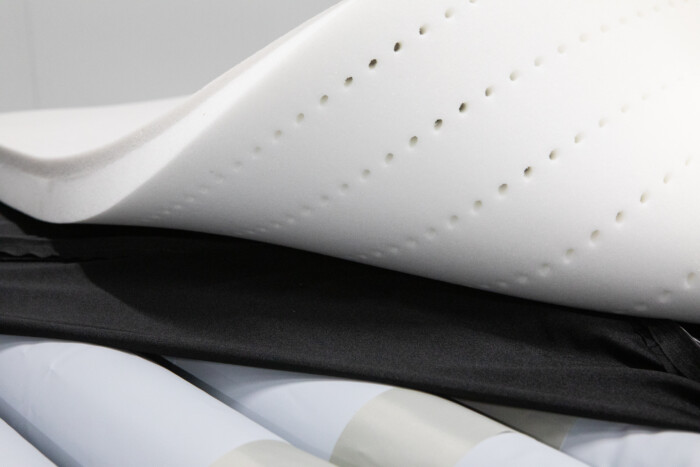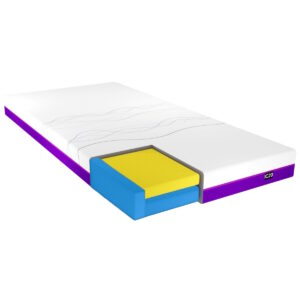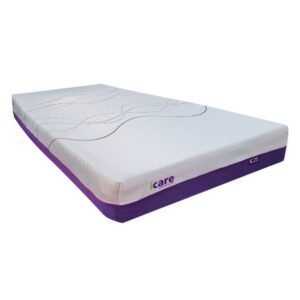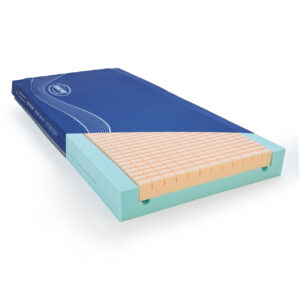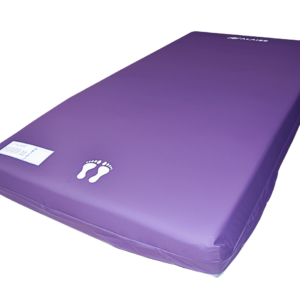Description
The Forte Zephair Mattress is a powered hybrid system designed to reduce pressure injury risk while enhancing comfort and function. It features a 22-cell alternating air support system combined with a stable foam foundation, delivering consistent support with minimal surface disturbance.
A key strength of the Zephair is its silent, ergonomic pump – allowing therapy without disrupting rest or routines. The firm foam base and reinforced side walls create edge stability, supporting safe transfers and daily mobility.
The Super Shear inner cover is designed to reduce internal shear and friction during repositioning, while the breathable Airoform surface layer promotes ventilation and helps manage the skin microclimate.
Additional features like a 5° heel pressure relief zone and anti-shear compartmentalisation reflect the mattress’s clinical focus on safety, compliance and user dignity.
The durable outer cover – handcrafted using antimicrobial, chemical-resistant materials – meets rigorous cleaning and hygiene standards.
The Zephair is trusted by both home and residential facilities to support people with complex care needs.
Who it’s for
- For clients at high risk of pressure injuries needing both comfort and stability.
- For therapists wanting a reliable, powered hybrid mattress to enhance care, transfers and repositioning.
Key features
- Outstanding comfort – gentle air wave alternation to reduce motion, combines pressure redistribution with pressure relief, aids in overheating and cooling management
- 22 cell alternating air support system – high cell count to minimise user disturbances
- Silent ergonomic pump – ultra quiet compressor to minimise disturbances, user friendly and ergonomically designed
- Foundational support foam – premium grade firm foam for added protection during transfers and posture changes, cushions effectively during extended power outages
- Anti-shearing system – gliding anti-friction inner cover technology, multi compartment design to absorb shear and friction forces
- Heel pressure reduction zone – 5° inbuilt heel pressure transfer region for enhanced comfort
- Breathability and microclimate control – airoform air flow interface for improved ventilation
- Safety and falls prevention – high support, static perimeter for increased safety, enhances stability during repositioning and transfers
- Support for repositioning – ideal for users with reduced functional ability

